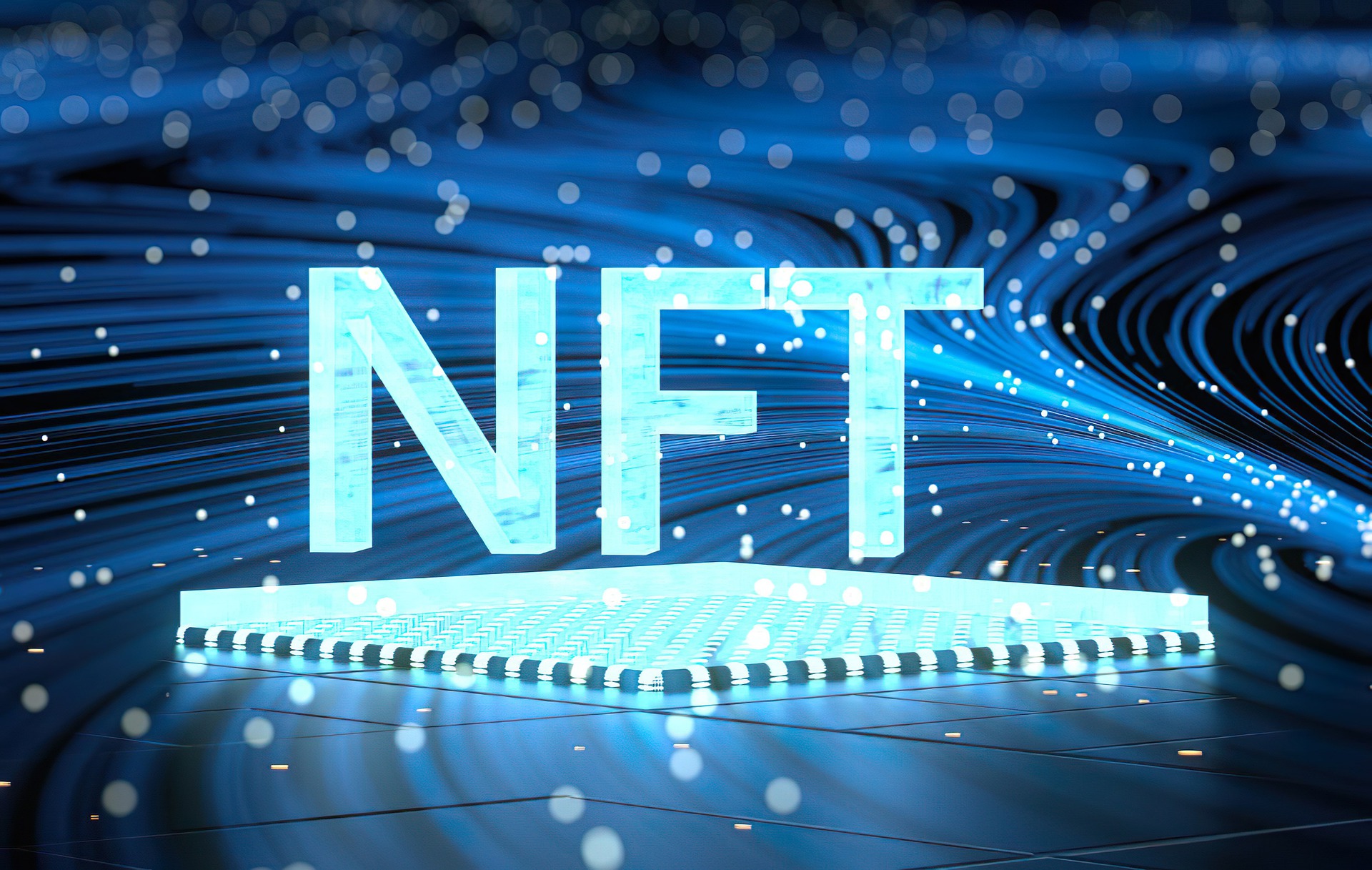The explosion of meme coins and non-fungible tokens (NFTs) has brought about significant changes to the Bitcoin blockchain. As reported by Bloomberg, meme coins and NFTs have transformed the revenue profile of miners and raised questions about the extent of this impact.
“A new software known as Ordinals has paved the way for NFTs and meme tokens to exist on this network this year,” wrote the financial news agency.
Galaxy Digital Holdings Ltd. has stated that the Bitcoin NFT ecosystem could be worth $4.5 billion by 2025, while approximately 25,000 meme coins have been recorded on the blockchain since their emergence in March.
The phenomenon of NFTs and meme tokens has driven record transactions and profitable fee earnings for miners who run computers supporting Bitcoin.
At one point in May, transaction fees accounted for over 40% of revenue, whereas miner revenue is typically dominated by newly minted Bitcoins received as rewards for securing the blockchain.
“The Ordinals protocol has brought about significant changes in the Bitcoin mining landscape,” said Jihan Wu, chairman of Singapore-based Bitdeer Technologies Group, one of the top crypto miners.
Ordinals and the crypto recovery have alleviated the pressure on mining margins caused by last year’s digital asset downturn and high energy costs.
However, Bitcoin purists argue that the Ordinals phenomenon congests the network and disrupts the store of value and payment functions of this largest cryptocurrency.
The average transaction fee on the Bitcoin blockchain started at $2.80 in April, reached $30 on May 8, and dropped to $6 on May 18, according to CryptoQuant data.
The total fee revenue associated with Ordinals is estimated to be around $37.4 million, according to data collected by Dune Analytics AS.
Developer Casey Rodarmor created Ordinals, a software protocol that enables users to embed digital content such as videos, images, and text into satoshis, the smallest unit of Bitcoin. There are 100 million satoshis in one Bitcoin.
Rodarmor’s innovation then allowed a pseudonymous blockchain analyst named Domo to develop the BRC-20 standard, which led to the meme coin explosion.
The sudden surge in enthusiasm for NFTs, or digital collectibles, and speculative tokens on the Bitcoin blockchain still raises open questions.
The market value of meme coins reached $1 billion in early May but has since declined to around $582 million, according to data from BRC-20.io.
BRC-20 tokens lack utility, said Carlos Gonzalez Campo, a research analyst at structured crypto trading product provider 21Shares AG.
A fundamental understanding to be gleaned is that Ordinals has created a pathway for previously non-existent use of the Bitcoin network.
“While the frenzy of memecoins in Bitcoin will likely subside eventually, valuable use cases will emerge from this chaos, such as leveraging Bitcoin as a data availability layer and storing important documents requiring permanent preservation,” said Sami Kassab, a research analyst at Messari.
Sustained transaction fee revenue can help maintain the long-term sustainability of the Bitcoin network by incentivizing miners.
By around 2140, when Bitcoin is expected to reach its limit of 21 million coins and no new coins will be issued as rewards for securing the blockchain, transactions will become the sole source of revenue.
Currently, Ordinals is helping fuel newfound investor enthusiasm for Bitcoin miners.
The Global Digital Asset Mining Index (MVIS), consisting of 20 members, has risen by 110% so far in 2023, surpassing Bitcoin’s increase of 74%.
“The implementation of Ordinals has truly changed the way people think about mining profitability,” said Colin Harper, head of content and research at crypto mining service provider Luxor
More News About Crypto : NEWS
Follow our Twitter : https://twitter.com/DinoDapps



